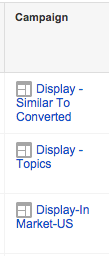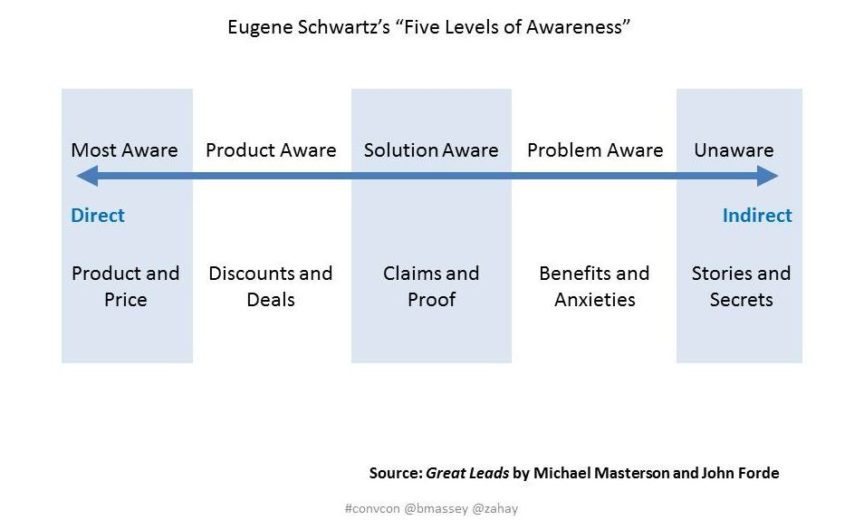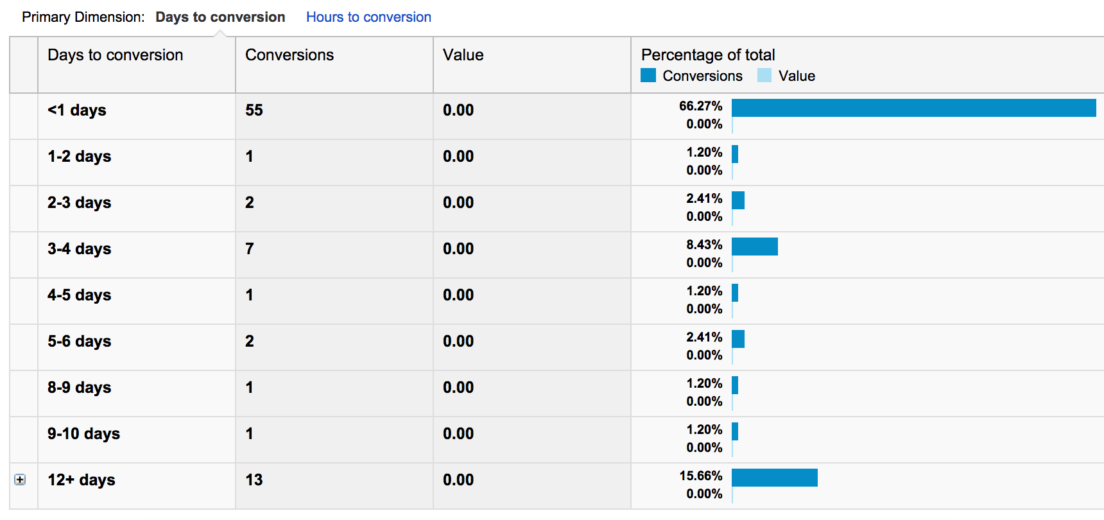Series week continues as we assess PPC management across different industries. Today, Rachael dives into PPC for the IT and Technology industry. In case you missed it, yesterday Matt discussed PPC for the legal space.
The software and IT industry can be challenging in the PPC advertising space. Not only is your audience typically comprised of tech and internet savvy people, but the industry is competitive, which translates into expensive clicks.
In this post, we’ll go through some tips that, while can be applied to any industry, are especially important for advertising software or other IT/tech products.
Tip #1: Create Great Landing Pages
Landing pages are a critical component of advertising in this industry. Your target audience is probably accustomed to seeing professional looking pages on the web, so be sure that your landing page meets that expectation. It’s important to be able to build trust with your prospective leads and/or customers as soon as they come in contact with your brand.
One key aspect of creating a great landing page is having enough information without having your page bogged down and cluttered. People who work in IT and Tech love to read and want plenty of information.
Tip #2: Think About Your Pitch
This tip goes along nicely with the first in that not only do you need a great looking page, but your pitch also has to be spot on. It’s useful to think of Eugene Schwartz’s 5 Levels of Awareness:
- Unaware
- The Display Network might work well for you here. Try contextual keywords and topics
- Stories & secrets
- Problem Aware
- General keywords (i.e., “send large files”)
- Offers: Benefits and anxieties
- Solution Aware
- Product term keywords (i.e., “file sharing software”)
- Offers: Claims & proof
- Product Aware
- Competitor terms or brand keywords
- Offers: Discounts & deals
- Most Aware
- Brand name or product name
- Offers: Product & price
Tip #3: Utilize the Display Network
The IT space is extremely competitive, so clicks on search ads can be upwards of $45. Depending on your CPL goals, this might not be sustainable. Meanwhile, the CPC of the Display network can average around $0.60.
Some viable targeting on the Display Network include:

- Similar Audience – Similar to Converted
- Topic Targeting – ex: Web Apps & Online Tools
- In Market Buyers – Business & Productivity Software
Tip #4: Remarket to Non-Converters
Ideally, you’re using remarketing no matter the industry. The sales cycle can be pretty long for a product of this nature. Prospective customers could be taking time to do some competitor research and comparison, get demos, sign up for free trials, and get buy-in from other decision makers within the company.
While a long sales cycle can be frustrating, it provides for great opportunities to remarket to your audience and test different offers. Say a user lands on a free trial page but does not convert. Maybe it’s too soon for a trial, so you test offering a demo or a whitepaper instead. Test out different messaging to see what works best, along with different cookie lengths.
Tip #5: Check Your Lead Quality
Like in all lead generation, you don’t want to be wasting money on poorly qualified leads. For clients who are generating leads for software or other technology, lead quality can be important. For example, if your product is mainly used for large enterprise businesses, you want to weed out people looking for a service like DropBox or a place to backup all of their family vacation pictures.
Conversations about the quality of leads coming in is an important one to have, and you should discuss with your client how they are going to report lead quality to you. Whether it’s gaining access to their CRM or a weekly report they send you, it’s important that you know if you’re getting good traffic so you can course correct if needed.
Conclusion
In this highly competitive industry, it can be challenging to run successful (and affordable) PPC campaigns. Because your audience is tech savvy and expects to see professional looking websites with all of the information they seek, you’ve got to be on your A game when it comes to landing pages and what you’re offering people. A deep understanding of the sales cycle can really help you gauge how qualified a prospective lead is, and what kinds of offers and information they’ll want to see.





